- Wondering how to get Monopoly GO! free rolls? Well, you’ve come to the right place. In this guide, we provide you with a bunch of tips and tricks to get some free rolls for the hit new mobile game. We’ll …
Best Roblox Horror Games to Play Right Now – Updated Weekly
By Adele Wilson
Our Best Roblox Horror Games guide features the scariest and most creative experiences to play right now on the platform!The BEST Roblox Games of The Week – Games You Need To Play!
By Sho Roberts
Our feature shares our pick for the Best Roblox Games of the week! With our feature, we guarantee you'll find something new to play!All Grades in Type Soul – Each Race Explained
By Adele Wilson
Our All Grades in Type Soul guide lists every grade in the game for all races, including how to increase your grade quickly!
In Fear I Trust Review
I’ve seen some reviewers refer to In Fear I Trust as a survival horror game. I’ve also seen the App Store’s description describe it as “polished, compelling, and instantly unsettling.”
It is none of these things.
The game does nothing to dispel the rumors of its horrific nature, but I can assure you that this is a visual novel at heart. Personally, I like visual novels quite a lot (Zero Escape: Virtue’s Last Reward has one of my favorite video game stories of all time and Device 6 proved that the genre has a place on iOS).
Perhaps Chillingo and Turn Me Up Games didn’t think a Western audience would be receptive to a game marketed as such, because the app’s page is quick to point out the “danger” and “creepy jump scares” found in the game. Unless you count the danger of encountering one of several dozen bugs and glitches in the game’s decidedly unpolished first two chapters (the game is episodic and, at the time of this review, only the first two chapters are available) you’re in no threat of dying – ever.
Rather, the game is presented as a series of locked rooms and the illogical puzzles needed to open them. Occasionally, you’ll encounter a tape recorder or journal to fill out the story or trigger a flashback cutscene. That’s pretty much the whole game, and if the puzzles weren’t so poorly designed, the story so disjointed and confusingly written, and just about everything else riddled with technical issues, that would be enough.
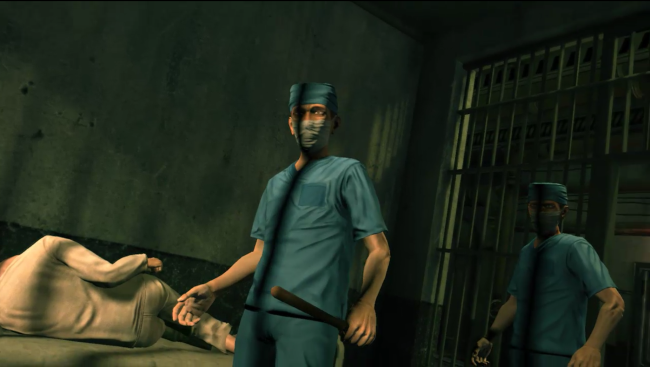
Nothing to be afraid of
I’ve seen some reviewers refer to In Fear I Trust as a survival horror game. I’ve also seen the App Store’s description describe it as “polished, compelling, and instantly unsettling.”
It is none of these things.
The game does nothing to dispel the rumors of its horrific nature, but I can assure you that this is a visual novel at heart. Personally, I like visual novels quite a lot (Zero Escape: Virtue’s Last Reward has one of my favorite video game stories of all time and Device 6 proved that the genre has a place on iOS).
Perhaps Chillingo and Turn Me Up Games didn’t think a Western audience would be receptive to a game marketed as such, because the app’s page is quick to point out the “danger” and “creepy jump scares” found in the game. Unless you count the danger of encountering one of several dozen bugs and glitches in the game’s decidedly unpolished first two chapters (the game is episodic and, at the time of this review, only the first two chapters are available) you’re in no threat of dying – ever.
Rather, the game is presented as a series of locked rooms and the illogical puzzles needed to open them. Occasionally, you’ll encounter a tape recorder or journal to fill out the story or trigger a flashback cutscene. That’s pretty much the whole game, and if the puzzles weren’t so poorly designed, the story so disjointed and confusingly written, and just about everything else riddled with technical issues, that would be enough.
The story starts with your character (hidden behind his first-person perspective) signing up for a mysterious Soviet research program in the 80s – something about being locked in a prison and experimented on. Before anything more than a string of unsettling, but completely unrelated images can manifest to call itself a story, the first episode is over, and you’re whisked away to a haunted, abandoned elementary school.
Episodic, in the case of In Fear I Trust, seems to signify that the developers got bored of telling one ghost story cliché, complete with ceaseless, spooky sound effects and music that just become numbing after a while, and decided to pick up another one instead. Maybe a connection will manifest in later episodes, but for now the product you pay money for is keeping mum.
Neither does the game say much about its puzzles. No, really. Most of the “solutions” aren’t really that at all. In most first-person puzzle games like Myst and the aforementioned Virtue’s Last Reward, hints to puzzles are scattered through the environment, or in conversation and journals. In Fear I Trust can’t be bothered with such trivialities – it’s got graphics to show (and nice graphics they are; this is definitely one of the better looking Unreal Engine games on iOS), but no, I won’t be distracted by fancy visuals.
The puzzles are terrible. Worse than that, they’re boring and oftentimes so obscure that calling them “puzzles” and not “segments where I tap the touchscreen at random until something happens” is generous.
Take the last riddle of the first episode. The objective is to open a vault by turning a series of eight red lights green, while doing it in the proper order so as not to mess up the pattern. It’s a fairly recognizable Video Game Moment, but fine. I’ll give it a shot, I think. Several minutes pass, and of course all I’ve done is make a mess. I realize this is one of the many puzzles that require “retrospective vision,” the game’s second sight mode that reveals clues, story details, or entire solutions to puzzles depending on what time the level designer had breakfast that morning.
Retrospective vision reveals the solution to the puzzle, but only for a clean set of red lights. Since there’s no reset button on the vault, and I foolishly tried to solve the puzzle instead of letting the game do it for me, I have to close the app, reboot, sit through the excruciating opening load, and try again. This process was not hastened by the character’s walk and turn speeds (courtesy of nonadjustable virtual analog sticks) that navigate with all the swiftness of a pillbox turret.
The “secret” order, it turns out, is only half the sequence required to complete the puzzle. Only through scouring forums of people just as confused as I, do I discover that the other half simply required me to guess that I was supposed to repeat the first sequence but with odd numbers replacing the even ones and no hint that that might be something to try.
Simple!
At least it wasn’t one of the riddles that exist for no reason (why, oh why do I have to play the piano before I can walk up the flight of stairs without getting warped back to the bottom, and why doesn’t the game at least tell me that much?). It might have also been filled with red herring mechanics – serving either to waste the player’s time, or a hint that perhaps the game wasn’t actually completed before being rushed to market.
Unfortunately, each of these “design decisions” are the rule, and not the exception.
What’s most infuriating about In Fear I Trust – yes more infuriating than all of that – is that there’s an interesting game struggling to get out. The game does look great, and some of the voice acting even exceeds competence. The story even gets within orbital distance of interesting, from time to time. Clearly a lot of effort was expended in making the game look and sound arresting, but very little care was wasted on anything else.
What the publisher wants you to see is not what you get with In Fear I Trust. It’s a crying shame, but it’s the terrifying truth. Can we please just get a new Myst game instead?

The good

The bad
More articles...
Monopoly GO! Free Rolls – Links For Free Dice
By Glen Fox
Wondering how to get Monopoly GO! free rolls? Well, you’ve come to the right place. In this guide, we provide you with a bunch of tips and tricks to get some free rolls for the hit new mobile game. We’ll …Best Roblox Horror Games to Play Right Now – Updated Weekly
By Adele Wilson
Our Best Roblox Horror Games guide features the scariest and most creative experiences to play right now on the platform!The BEST Roblox Games of The Week – Games You Need To Play!
By Sho Roberts
Our feature shares our pick for the Best Roblox Games of the week! With our feature, we guarantee you'll find something new to play!All Grades in Type Soul – Each Race Explained
By Adele Wilson
Our All Grades in Type Soul guide lists every grade in the game for all races, including how to increase your grade quickly!








 “
“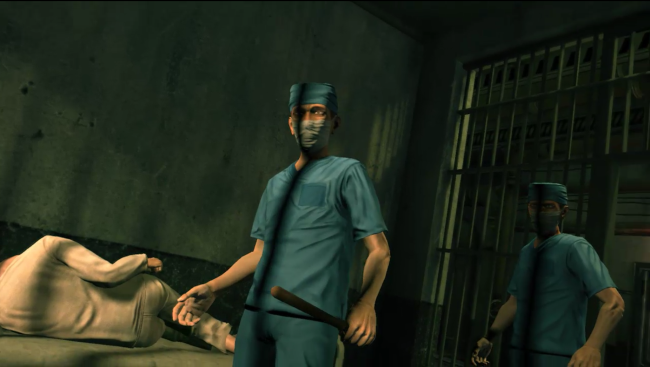 “
“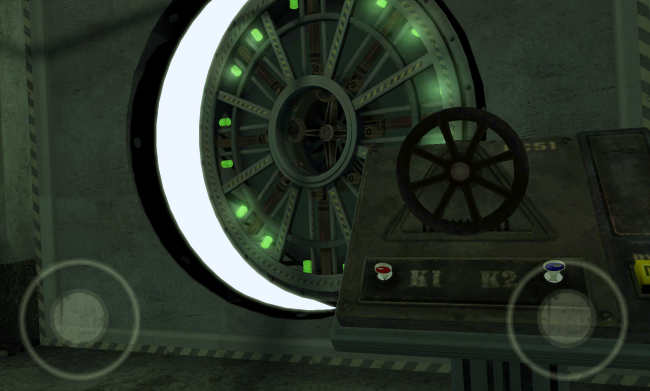 “
“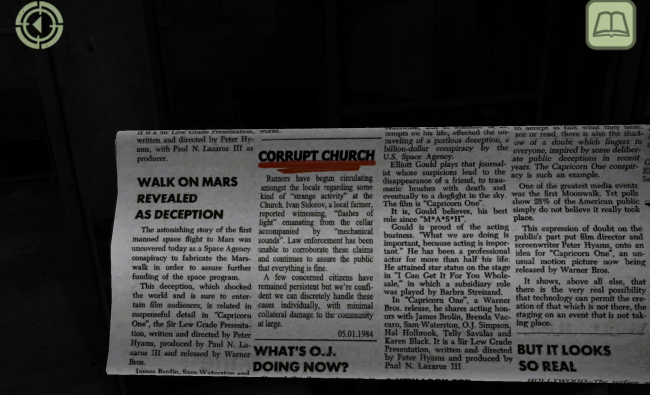 “
“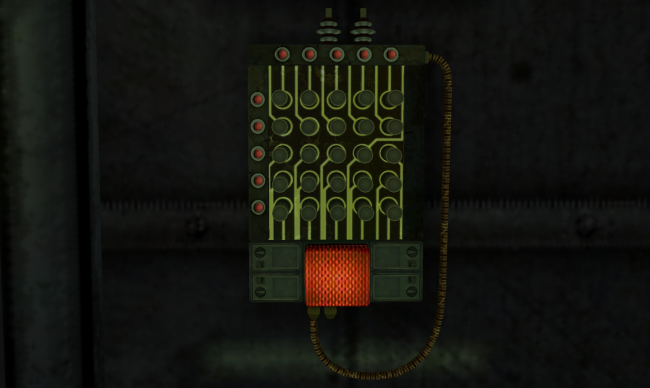 “
“